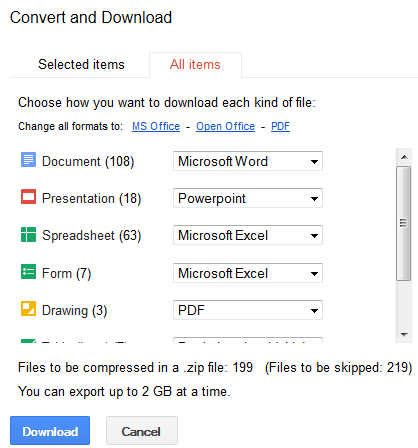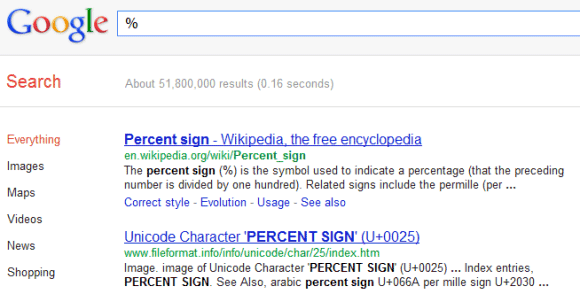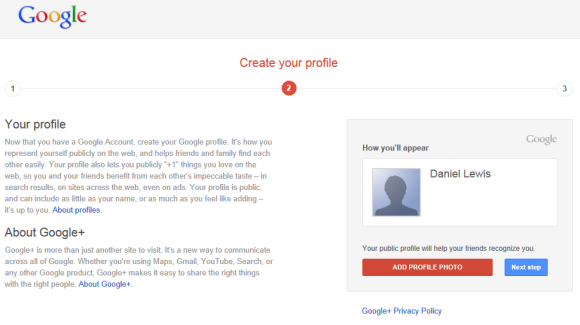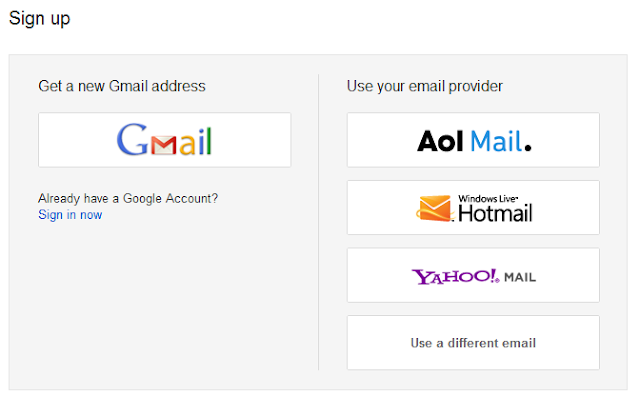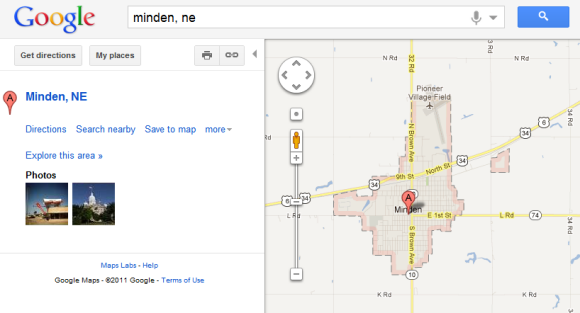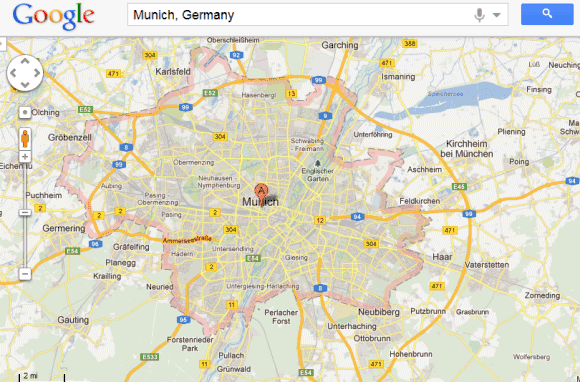Google has been often accused of promoting its own services in Google Search. Whether it was Google News, Image Search, Product Search or Video Search, the specialized search engine showed results from all over the web and
not just from Google's own services. Image Search wasn't restricted to Picasa Web Albums, Video Search wasn't restricted to YouTube, Blog Search wasn't restricted to Blogger. Even for services like Google Dictionary and Google Finance that have their OneBox at the top of the Google search results, Google shows a list of other relevant services.
Google's special section that shows people and pages from Google+ doesn't look like a regular Google OneBox. It's placed in the right sidebar, where Google used to display ads. It shows up for general queries like [music], [sports], [math], that aren't typically associated with social search results. It only shows results from Google+, not from other social services like Twitter or Facebook. It's there even if you're not logged in using your Google account or you're not using Google+.
If Google+ wasn't a Google product, would it make sense to show a similar OneBox with profiles from social sites? Normally, Google would have created a profile search engine and showed a group of relevant results somewhere in the list of search results. Like this:

Google already indexes profiles from different sites and even shows special snippets with structured data. Why not create a special search engine for profiles like the one that lets you search recipes or the search engine for applications?
When Google released Knol, many people wondered if Google could boost the rankings for Knol articles or create a special OneBox with Knol results. "Google Knol does not receive any sort of boost or advantage in Google's rankings,"
replied Matt Cutts and he was right. Now what if Google displayed a Knol OneBox at the top of the search results for queries that returned relevant Knol articles? Maybe Knol would've become more popular and it wouldn't have been discontinued.
Is it fair to promote results from a single service, especially when you own that service? Even if those results are comprehensive, relevant and useful, it's always a good idea to also show results from other services.
Some engineers at Facebook, Twitter and MySpace developed a site called
Focus on the User that lets you replace the Google+ results with other social profiles from the web. From:

... to:

The results are better simply because you can check the accounts from other social services. Maybe an artist shares more information on Twitter or maybe the Facebook account is more important. "When you search for '
cooking' today, Google decides that renowned chef Jamie Oliver is a relevant social result. That makes sense. But rather than linking to
Jamie's Twitter profile, which is updated daily, Google links to his
Google+ profile, which was last updated nearly two months ago," noticed the authors of the Focus on the User site. I still don't think that the social search box should be placed next to the results, but at least the tweak made it more useful.
"Focus on the user and all else will follow. Since the beginning, we've focused on providing the best user experience possible. Whether we're designing a new Internet browser or a new tweak to the look of the homepage, we take great care to ensure that they will ultimately serve you, rather than our own internal goal or bottom line." (
Google's philosophy)
{ via
waxy.org. Thanks,
Michel. }




